To all #Hivers and @StemSocial community, my warm greetings to you all.
In my previous series on environmental pollution, I wrote about pollution due to indiscriminate disposal of waste engine oil. In this series, I will discuss pollution generated by smelting factory in an attempt to re-use metals scraps and if we should be concern about its aftermath. Although industries such as Iron smelting factory is believed to be a huge source of employment for locals and a way of improving local economy as several people are either directly or indirectly involved. But at the same time, the operational process involved in gathering and smelting of metal scraps could have severe consequences on both biodiversity and human well-being. Hence, the needs to have a proper awareness of its effects on the environment including plants and human health.
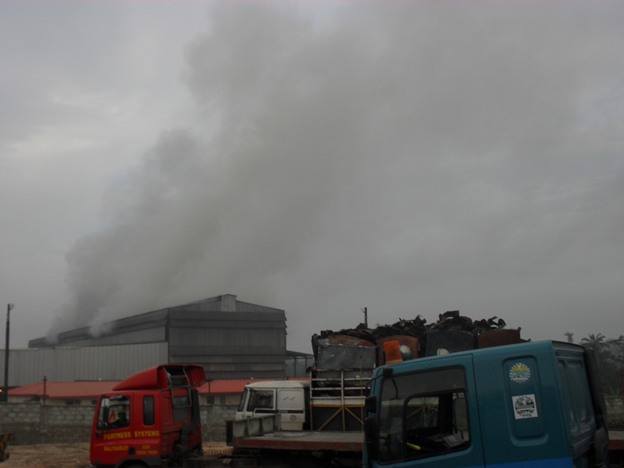
Fig 1: A typical Iron Smelting factory
Introduction
What is/are Iron Smelting Factory and the smelting process.
These are factories that extract usable iron from either raw ore or metal scraps with the use of heat and chemical agent which could be poisonous when inhale or consumed. Their raw material are basically metal scraps, which are usually heated in a modernized furnace to a specific melting point by blasting high temperature of over 1000 ºC into the bottom of the furnace via multiple tuyeres.
Usually, the melted metal scraps are caste into ingot, and could later be reheated before final transformation into a finished metal product. However, this process from the very first beginning up to when the final product is made do generate enormous amount of air-born particulate matters which contribute significantly to environment pollution. The pollution due to smelting process has inclination to harm the environment and cause permanent impairment to ecosystem health.
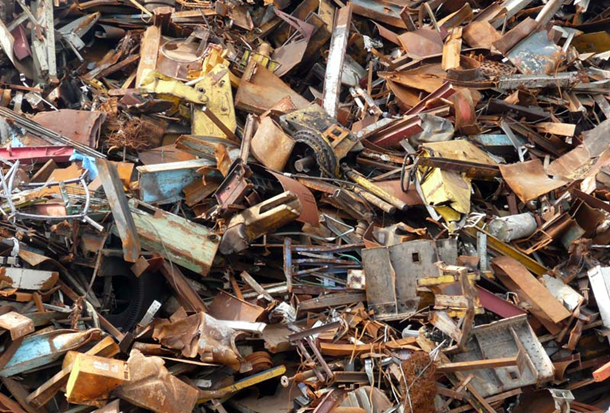
Fig 2. Metal Scraps to be re-use
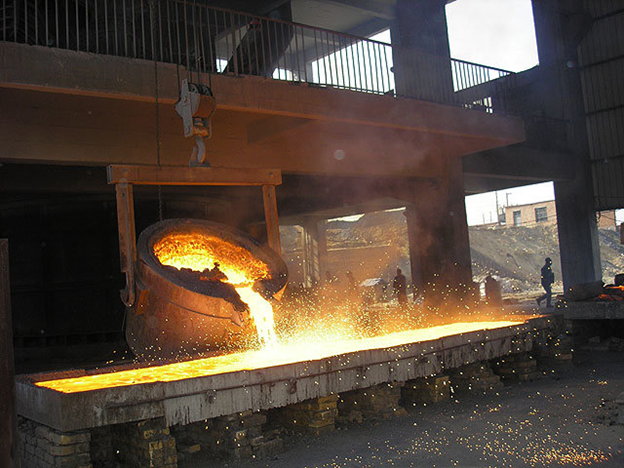
Fig 3: Metal scraps Smelting Process.
What are the major Pollutant from smelting activities
The major pollutant due to smelting activities can be divided into two basic categories:
i. Those in the air, such as : (i) SO2 and other (ii) particulate matter (PM)
ii. Those deposited into the water body, soil and plant leaves: these includes heavy metals such as lead (Pb), Zinc (Zn), Nickel (Ni) Copper (Cu), Cobalt (Co), Chromium (Cr), Iron (Fe) and others.
What are the sources of the pollutant
The major sources of these pollutants are:
- Flue gases from smelter operations
- Metal particles within the factory and those blown out of the factory
- Abandoned metal scrap and their dump sites.
- Sewage discharge from the factory.
Effect of smelting activities : Do we need to be worried?
Considering the process involved in Iron smelting activities and the emission generated from these activities, there is a need to be concerned particularly about the life and biodiversity around the vicinity of the factory. So, to understand why we should be worried about presence of iron smelting factory in our vicinity, I will discuss the effects of smelting activities based on four common indicators which are: (i) Air, (ii) Health, (iii) Water body and (iv) plant and soil.
So,
Effects on air quality
The process involve in the smelting such as blasting of furnace, casting as well as rolling of the used iron is responsible for the release of large volatile compound such as carbon monoxide and SO2, which subsequently decrease the air quality. As the wind blown, gaseous and particulate matter from the smelting sites are transported to the environment and increased the amount of pollution in air to a higher level where it adversely affect the surrounding vegetation and residents. Supporting this view is a previous study that measure the concentration of SO2 in the air within the vicinity of smelting factory and revealed that a total concentration of 369 μg/m3 SO2 can be found in ambient air. Similarly, findings have reported increase in atmospheric Mercury content near a smelting factory up to the tone of 30,000 ng m−3.
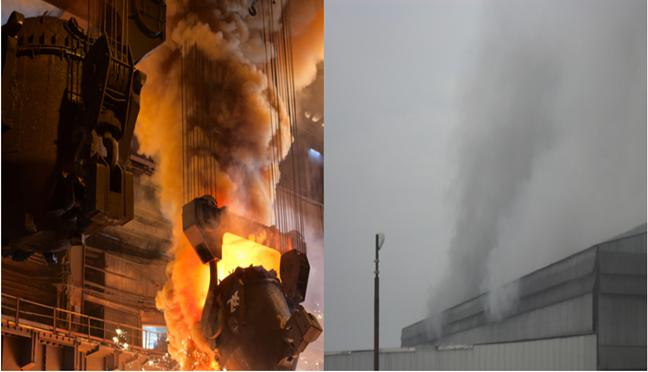
Fig 4: Emission from the Smelting process into the air
Possible impact on health
The poisonous compound emitted from the factory can cause respiratory problem to both the people in the immediate vicinity of the factory and those at few distance away. For instance, a toxicological data collected near smelting factory showed that SO2 levels rise in excess of 1000 μg/m3 and exposure to this level by human could results into fatalities. Analyzing lead and other heavy metal concentrations in a rat samples breed near a smelting site; it is reported that the Pb content in both the liver and kidney of the rat breed near smelting factory was higher than those bread far away from smelting site. It has also been shown that the compound released from the Iron smelting factory could cause health problem such as skin infection, asthma, eye irritation and cancer in some cases. This invariably indicate that the potential disaster of Smelting activities on human health could be deleterious and as such should be worried about.
Effects on water body
In most case, the contamination of water body by smelting activities usually results from unrestrained discharges and collapse of water pollution control walls. When this happen, a substantial amount of heavy metals is leached out into the water body through run-off, thus contaminate both surface and ground local water source. Examining heavy metal contents in the water body near smelting factory, a previous finding reported an elevated level of As, Cd, Cu, Hg, and Pb in water sample collected from smelting factory as compared to the water sample collected several kilometers away from factory.
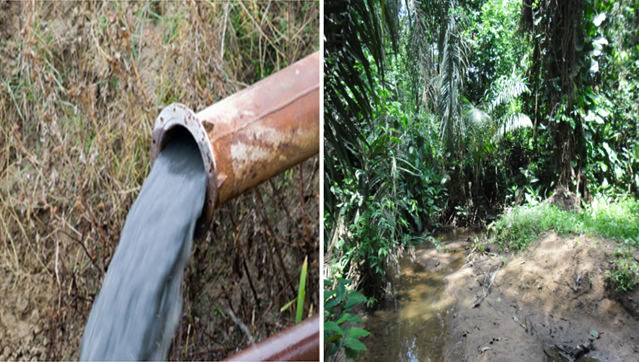
Fig 5. Release of smelting sewage into the water body
Effects on soil and plants
Ambient air pollutants can harmfully impact plant biochemical and physiological properties. The particulate matters emitted as smoke from smelting activities and released into the air may form acid rain, cause deterioration of the soils and becomes unsuitable for plants by inhibiting their growth. It may also inhibit photosynthetic activities as well as the respiratory process of plants.
In one of my earlier study of the vegetation near a smelting factory in Ile-ife, Nigeria, I noticed that the particulate matter that directly falls on the leaves of plants cause some physical changes including yellowing of leaves, necrotic spot, defoliation and trees die-back in majority of the plants near to the smelting factory, which indicate that aside the negative effect through contamination of soil, ambient air pollutants from the factory also has a capacity for significant damage.
Verifying this further, I and my team collected samples of Chromolaena odorata and Aspilia Africana near and far away from the smelting factory. The first thing we noticed was that the leaf area and petiole length of both Chromolaena odorata and Aspilia Africana collected near the factory was quite small when compared with those collected at far away distance. Research elsewhere had shown that in plants and soil near to the smelting factory, the concentration of Ni, Pb, Cd, Cr, Zn, Cu, Cd, and As were significantly higher than those at some distance away from the factory. This further pointed to the potential hazard of smelting factory to the environment.
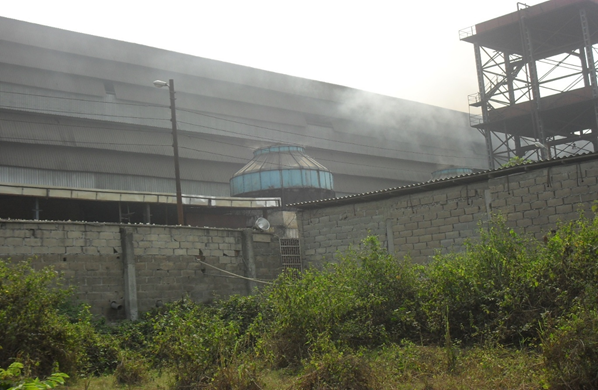
Fig 6a. Gaseous and particulate discharge on Surrounding vegetation.
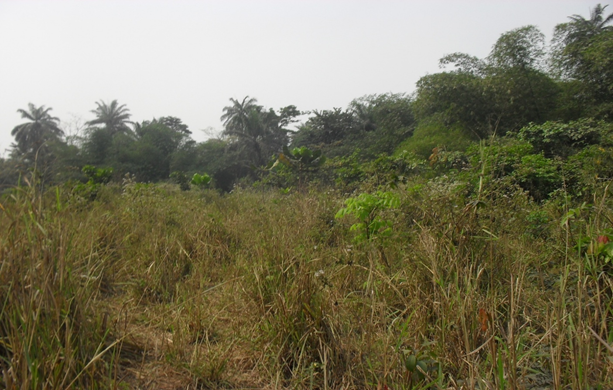
Fig 6b. Gaseous and particulate discharge from smelting factory on Surrounding vegetation
Other Observed Effects of Iron smelting activities
A. Increase in sorrounding Temperature
B. Decrease in farming activities
C. Damage of infrastructure through soiling and corrosion.
Final remarks
Given the foregoing, it is obvious that the presence of Iron smelting factory is accompanied by a number of negative impacts. While the benefit of Iron smelting cannot be neglected, efforts should also be made to mitigate or completely eliminate negative impacts of its activities and operation in order to ensure sustainable environmental.
I hope this write-up will further bring to our consciousness the needs to safeguard our environments against impact of Iron smelting factories and its activities.
Reference for further consultation
- Isola EF, Olatunji OA, Afolabi AM, et al., 2015. Heavy metal accumulation in the above-ground vegetation and soil around an iron smelting factory in Ile-Ife, southwestern Nigeria. Sciences in Cold and Arid Regions, 7(2): 0121–0127.
- Olayiwola OA, 2013. Accumulation and contamination of heavy metals in soil and vegetation from industrial area of Ikirun, Osun State, Nigeria. Global Journal of Pure and Applied Chemistry Research, 1(1): 25–34.
- Kerbir T, Bouhadjera K, 2011. Effect of heavy metals pollution in soil and plant in the industrial area west Algeria. Journal of Korean Chemical Society, 55(6): 1018–1028.
- Kapungwe, E.M., Volk, J., Namayanga, L., 2001. Assessment of the Effects Air Pollution on the Environment in Mufulira on Copperbelt Province of Zambia. Ministry of Environment and Natural Resources, Lusaka.
- Owoade, K.O., Hopke, P.K., Olise, F.S., Ogundele, L.T., Fawole, O.G., Olaniyi, H.B., Jegede, O.O., Ayoola, M.A., Bashiru, M.I., 2015. Chemical compositions and source identification of particulate matter (PM2.5 and PM2.5-10) from a scrap iron and steel smelting industry along the Ife-Ibadan highway, Nigeria. Atmos. Pollut. Res. 6, 107–119
- https://www.ukessays.com/essays/environmental-sciences/significant-impacts-of-iron-smelting-environmental-sciences-essay.php.
- Ogundele, L.T., Owoade, O.K., Olise, F.S., Hopke, P.K., 2016. Source identification and apportionment of PM2.5 and PM2.5-10 in iron and steel scrap smelting factory environment using PMF, PCFA and UNMIX receptor models. Environ. Monit. Assess. 188, 574–594.
You were able to get access into their factory? I thought they usually don't allow people to gain access. This is the first time I would be seeing their furnance. I always see the place as being shrouded in secrecy.
Then, I was able to enter through the influence of a close friend. That furnace is typical of their own, but not their. As at the time we carried out research there, they even allow us established sample plots around each side of the factory and collect different form of sample. But I'm not sure, they will/are still permitting that.
Thanks for your contribution to the STEMsocial community. Feel free to join us on discord to get to know the rest of us!
Please consider supporting our funding proposal, approving our witness (@stem.witness) or delegating to the @stemsocial account (for some ROI).
Please consider using the STEMsocial app app and including @stemsocial as a beneficiary to get a stronger support.
Congratulations @oladunmoye! You have completed the following achievement on the Hive blockchain and have been rewarded with new badge(s) :
Your next target is to reach 2750 upvotes.
You can view your badges on your board and compare yourself to others in the Ranking
If you no longer want to receive notifications, reply to this comment with the word
STOPCheck out the last post from @hivebuzz:
Support the HiveBuzz project. Vote for our proposal!